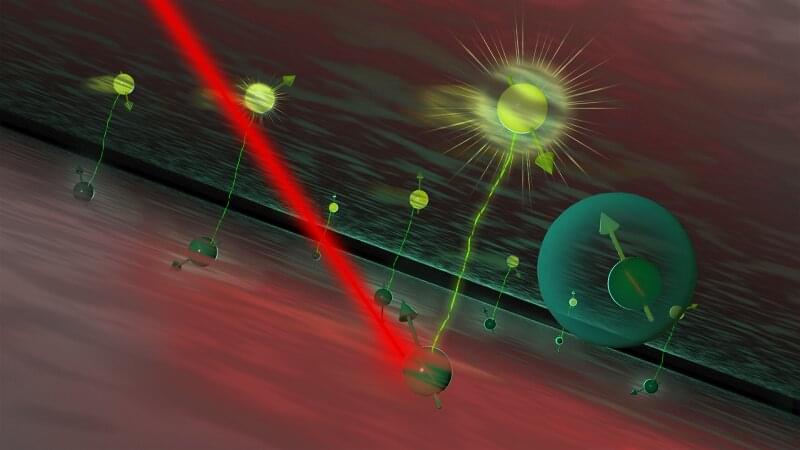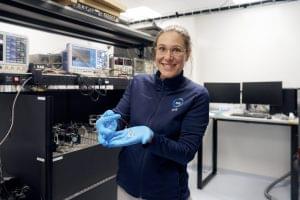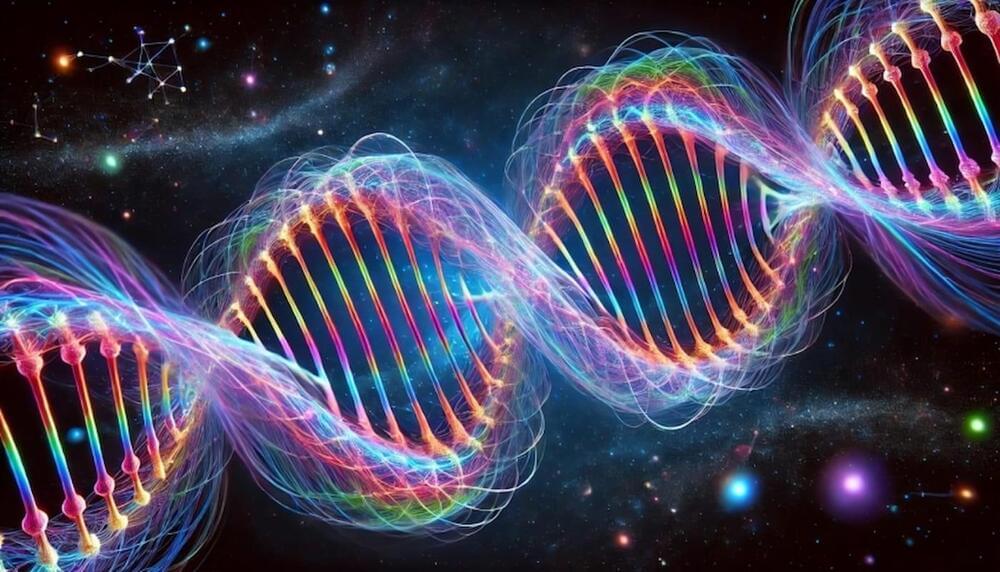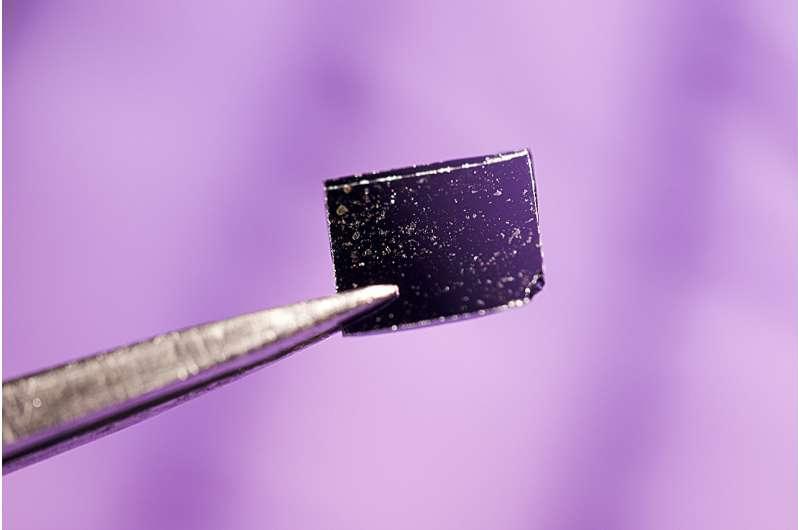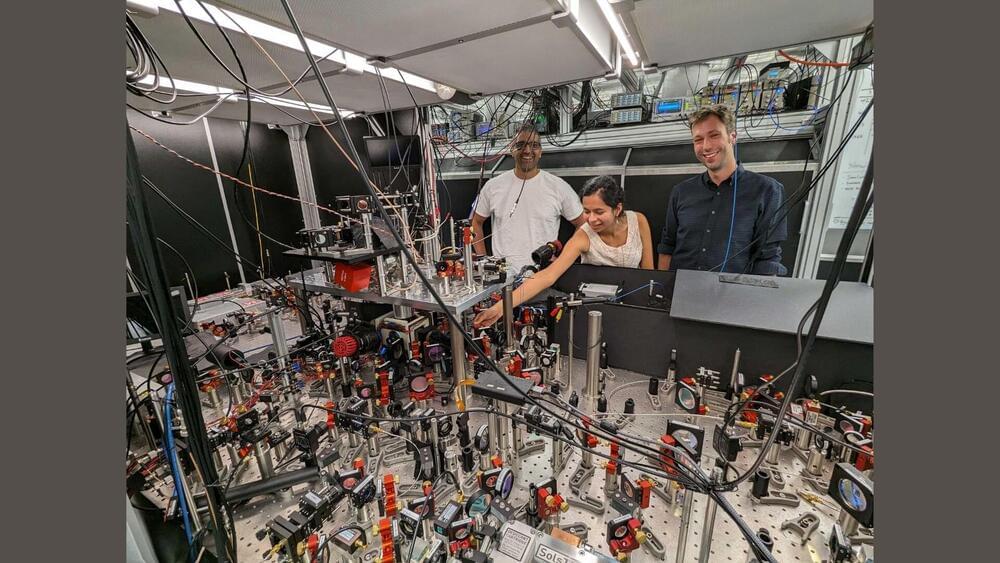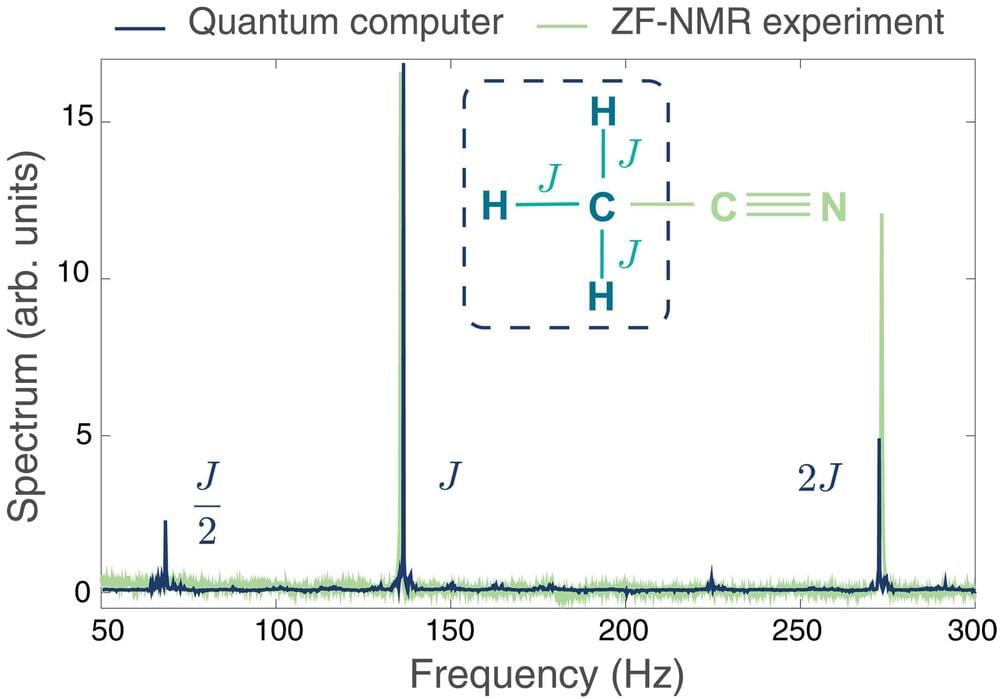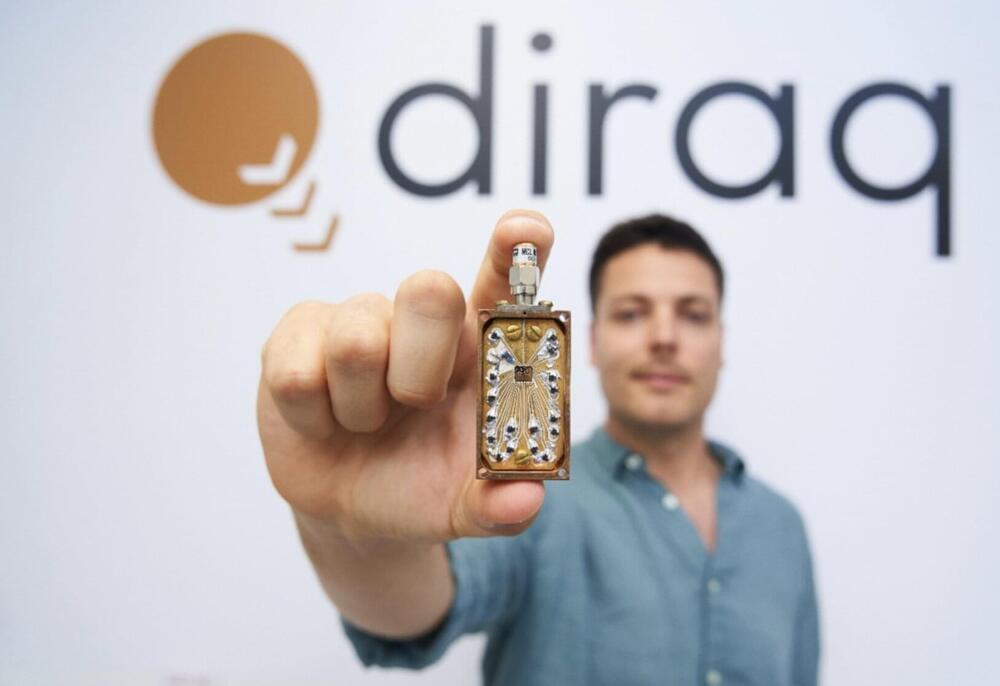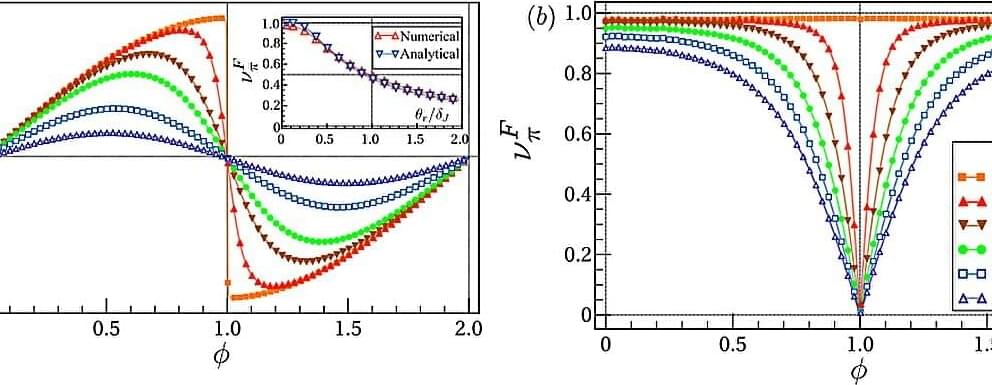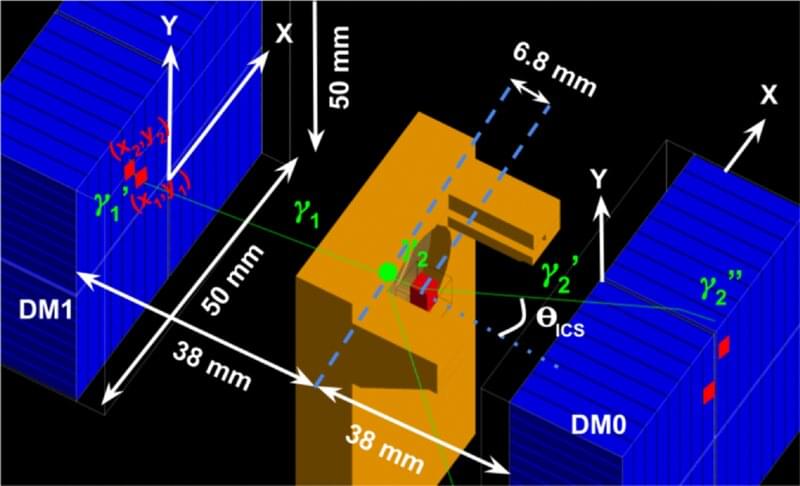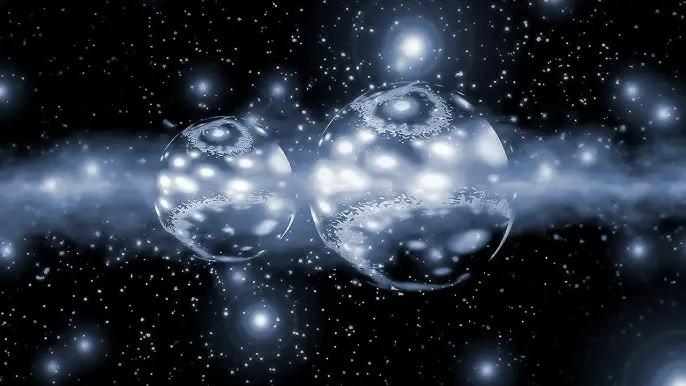Oct 16, 2024
New light-induced material shows powerful potential for quantum applications
Posted by Saúl Morales Rodriguéz in categories: particle physics, quantum physics, solar power, sustainability
Many scientists are studying different materials for their potential use in quantum technology. One important feature of the atoms in these materials is called spin. Scientists want to control atomic spins to develop new types of materials, known as spintronics. They could be used in advanced technologies like memory devices and quantum sensors for ultraprecise measurements.
In a recent breakthrough, researchers at the U.S. Department of Energy’s (DOE) Argonne National Laboratory and Northern Illinois University discovered that they could use light to detect the spin state in a class of materials called perovskites (specifically in this research methylammonium lead iodide, or MAPbI3). Perovskites have many potential uses, from solar panels to quantum technology.
The work is published in the journal Nature Communications.
